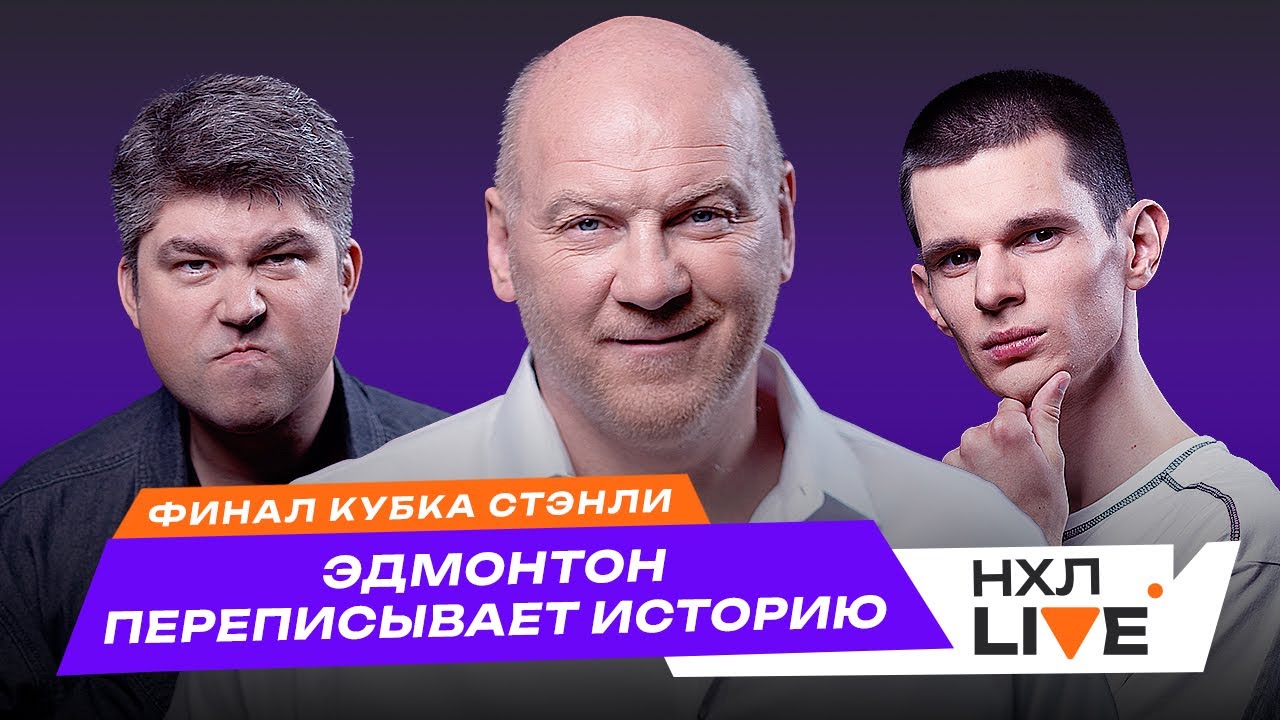The Lingering Threat: Toxic Chemicals From Ohio Train Derailment Remain In Buildings

Table of Contents
Persistence of Toxic Chemicals in Building Materials
The toxic chemicals released during the Ohio train derailment have permeated various building materials, creating a persistent source of contamination. The long-term implications of this contamination are significant, demanding immediate attention and effective remediation strategies.
Vinyl Chloride and its Residues
Vinyl chloride, a known carcinogen, was a major component of the released chemicals. Its volatile nature allowed it to spread widely, settling into porous building materials like drywall, insulation, and carpeting. Furthermore, HVAC systems may have drawn in contaminated air, distributing vinyl chloride throughout buildings. The persistence of vinyl chloride residues presents a significant challenge.
- Affected Building Materials: Drywall, insulation, carpeting, HVAC systems, porous fabrics.
- Health Risks: Increased risk of various cancers (liver, lung, brain), liver damage, circulatory problems.
- Decontamination Challenges: Complete removal of vinyl chloride residues from porous materials is extremely difficult and often requires extensive demolition and replacement.
Contamination Pathways
The toxic chemicals from the Ohio train derailment entered buildings through multiple pathways:
- Airborne Dispersal: The initial explosion and subsequent release created a plume of toxic chemicals that infiltrated buildings through open windows, vents, and other openings.
- Contaminated Water: Runoff from the derailment site may have contaminated local water supplies, leading to secondary contamination of buildings through plumbing systems.
- Direct Contact: Individuals involved in initial cleanup efforts may have inadvertently tracked contaminated materials into buildings.
Factors influencing the spread and concentration of contaminants include wind patterns, precipitation, and the porosity of building materials.
Testing and Monitoring Challenges
Accurately assessing the level of contamination in buildings affected by the Ohio train derailment presents significant challenges.
- Types of Testing: Air sampling, water testing, material analysis (e.g., swab testing for surface contamination).
- Limitations of Current Methods: Current testing methods may not detect all chemicals or low-level contamination effectively. Specialized equipment and expertise are often required.
- Need for Specialized Expertise: Proper sampling, analysis, and interpretation of results require highly specialized knowledge and equipment. The cost of such testing can also be prohibitive, hindering widespread assessment.
Health Impacts on Residents and Workers
Exposure to the toxic chemicals released during the Ohio train derailment has resulted in a range of health impacts on residents and workers.
Short-Term and Long-Term Health Effects
Individuals exposed to the toxic chemicals have reported a variety of symptoms:
- Specific Symptoms: Respiratory problems (coughing, shortness of breath), headaches, nausea, skin irritation, eye irritation.
- Severity Based on Exposure Level: The severity of symptoms is directly related to the duration and level of exposure.
- Long-Term Health Monitoring Needs: Long-term health monitoring is crucial to identify potential long-term health problems, such as cancer.
Vulnerable Populations
Certain groups are particularly vulnerable to the effects of these toxic chemicals:
- Children: Developing bodies are more susceptible to the damaging effects of toxins.
- Elderly: Older individuals often have pre-existing health conditions that make them more vulnerable.
- Individuals with Pre-existing Conditions: Those with respiratory or cardiovascular diseases face a heightened risk of complications.
Psychological Impacts
The stress and anxiety experienced by residents living in contaminated areas are significant:
- Mental Health Challenges: Increased rates of anxiety, depression, and PTSD are expected among affected residents.
- Access to Support Services: Access to mental health services and support groups is crucial for residents to cope with the psychological impacts of the disaster.
Government Response and Remediation Efforts
The government's response to the Ohio train derailment and its aftermath has been met with mixed reactions, with significant concerns about the effectiveness and transparency of remediation efforts.
Cleanup and Decontamination Strategies
The cleanup process is complex and faces numerous challenges:
- Specific Cleanup Methods: Methods vary depending on the type of material and level of contamination, ranging from simple cleaning to extensive demolition and replacement.
- Efficacy: The long-term efficacy of cleanup methods remains to be seen, as some chemicals may persist in building materials for extended periods.
- Cost Considerations: The cost of remediation is substantial, potentially creating barriers to effective cleanup.
- Community Involvement: Community engagement is essential for effective remediation, ensuring that concerns are addressed and residents feel involved in the process.
Transparency and Communication
Transparency and effective communication are critical in building trust with affected communities:
- Adequacy of Information Sharing: Concerns have been raised about the adequacy of information provided to residents regarding the extent of contamination and potential health risks.
- Concerns about Lack of Transparency: A lack of transparency can exacerbate anxiety and distrust among affected residents.
- Community Engagement Strategies: Open communication channels and community forums are crucial for addressing concerns and ensuring that residents are informed about the ongoing remediation process.
Legal and Regulatory Actions
The Ohio train derailment has prompted various legal and regulatory actions:
- Lawsuits: Numerous lawsuits have been filed against the railway company and other involved parties.
- Environmental Regulations: The incident has highlighted the need for stricter environmental regulations and improved safety protocols for transporting hazardous materials.
- Accountability Measures: Establishing clear accountability measures is crucial to preventing similar incidents in the future.
Conclusion
The persistence of toxic chemicals from the Ohio train derailment in buildings presents a significant and ongoing threat to public health. The challenges involved in accurate testing, effective remediation, and ensuring the long-term well-being of affected residents are immense. The lack of full transparency and the psychological impact on the community further highlight the gravity of this situation. The lingering threat of toxic chemicals from the Ohio train derailment demands immediate and sustained action. Stay informed, demand accountability, and help ensure the safety of our communities. We must continue to advocate for improved safety regulations, transparent communication from authorities, and comprehensive long-term health monitoring for those affected by the toxic chemicals from the Ohio train derailment.

Featured Posts
-
 Sukhoy Match Bobrovskogo Vratar Floridy Blistaet V Pley Off
May 16, 2025
Sukhoy Match Bobrovskogo Vratar Floridy Blistaet V Pley Off
May 16, 2025 -
 Auction Of Kid Cudis Belongings High Prices Revealed
May 16, 2025
Auction Of Kid Cudis Belongings High Prices Revealed
May 16, 2025 -
 Indagine Sulla Concentrazione Di Microplastiche Nelle Acque
May 16, 2025
Indagine Sulla Concentrazione Di Microplastiche Nelle Acque
May 16, 2025 -
 Jalen Brunsons Wife Ali Marks A Look Into Their Relationship
May 16, 2025
Jalen Brunsons Wife Ali Marks A Look Into Their Relationship
May 16, 2025 -
 Jalen Brunson Vs Luka Doncic Trade Analyzing The Impact On The Dallas Mavericks
May 16, 2025
Jalen Brunson Vs Luka Doncic Trade Analyzing The Impact On The Dallas Mavericks
May 16, 2025
